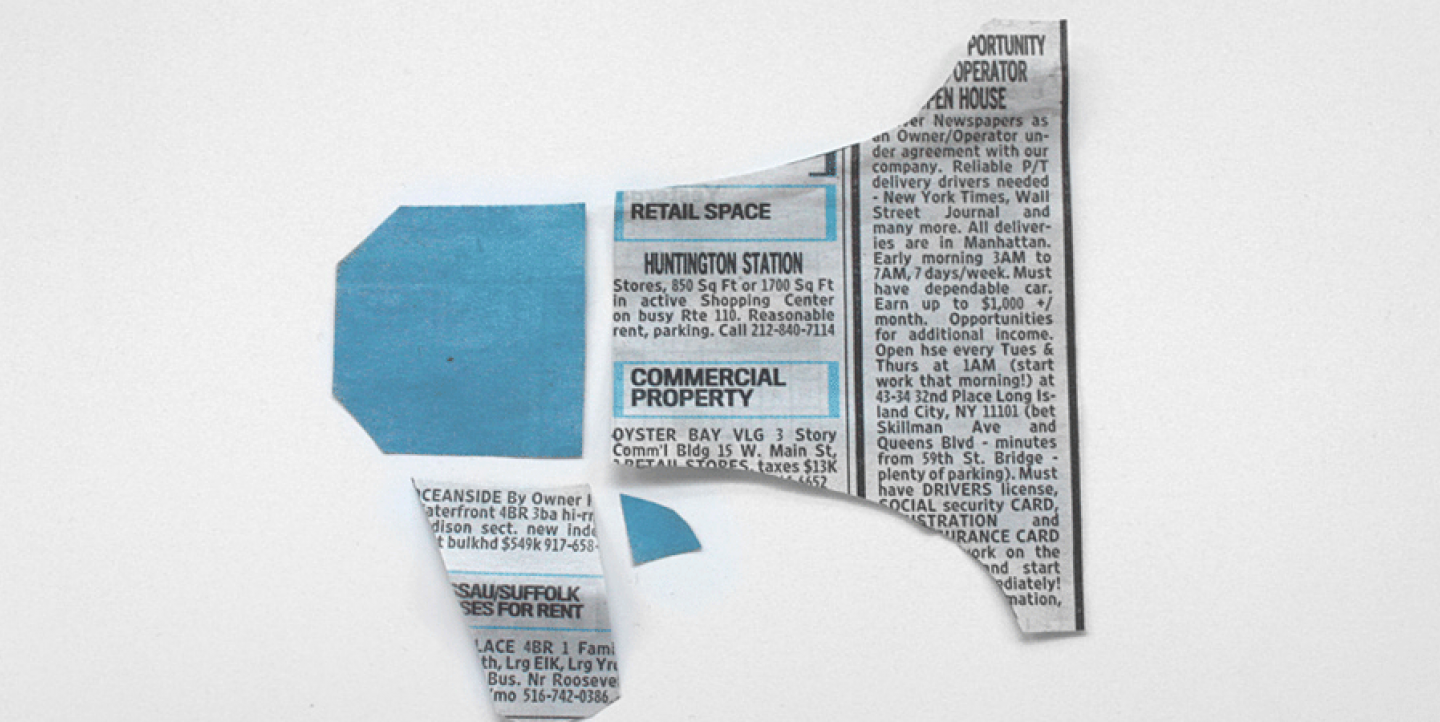For more than three years, the blog Mural has practiced collaborative journalism, run away from stereotypes and sought quality in local coverage.
Community journalism, citizen journalism, hyperlocal journalism, nonprofit journalism. I do not accept any of these labels. In my assessment, what the correspondents for the blog Mural have done for more than three years is good-quality journalism. Good journalism. Period.
It all started in 2010 when Bruno Garcez, an ICFJ Knight International Journalism Fellow, developed a program that trained 60 citizen journalists who lived on the outskirts of São Paulo. From this group, 20 embarked on an adventure: a partnership with Folha de S. Paulo, which hosted a news blog about the peripheral regions and municipalities of Greater São Paulo.
Housed by a new host, Mural went live on Nov. 24, 2010. This would be a daily challenge: to work during the hours that remained after studying, paid work and an average three-hour commute in poor and crowded public transportation. Each correspondent is responsible for covering the place where he or she lives -- from story pitch to text, photo and video, everything.
Since 2010, three other groups have been formed. As Mural is a collaborative effort, many journalists leave along the way. We always use our November anniversary meeting to welcome new participants.
Today, the group has 50 "Muralistas" – excuse the pun -- who are residents of more than 40 districts and cities of Greater São Paulo.
One of the premises that guide our work is that we do not believe in ghetto journalism. There is no flag mission to write as "people from the outskirts." There is no speech from "us to ourselves." We all are “us.” The outskirts are only outskirts because they are abandoned by the state. Otherwise, Campo Limpo would have been a Vila Mariana; Jardim Damasceno, a Santana; and Perus, a Vila Madalena.
Mural is a blog that covers a specific geographic region, as does a correspondent in New York. If he or she is based in London or Ferraz de Vasconcellos or Paraisópolis, what difference does it make?
There is indeed an inevitable engagement because it is necessary to deconstruct the prevailing prejudice in the coverage of these areas. Therefore, two lines of story subjects are out for these journalists. The first is violence because the traditional press already covers the topic, and the blog cannot give protection to their collaborators. And we do not cover projects of NGOs, foundations and other social responsibility actions that come and go from these communities as they please.
Mural’s coverage seeks to reject the stereotype that has been solidified over the years: the periphery is either a threat to the city, a perpetrator of violent acts and also the place of violence itself; or its inhabitants are "poor things" ("the needy"), victimized to the point of not having their own initiatives for development and change, citizens reduced to subjects of study and good deeds of others. That was the dichotomy in the news on the outskirts before Mural was launched. The Muralistas are anxious to cover the reality of their regions. They go where other journalists and outlets do not go -- places others do not know about or do not want to know.
In the beginning, some of the Muralistas did not want to write about what wasn’t good or didn’t work. They said they didn’t feel good speaking ill about where they lived; they wanted to show the positive side. Then, the group’s discussion evolved. If a Muralista today describes the plight of going to an appointment at the health center -- which it is often not in their neighborhood, and that means they first need to face the challenges of public transportation -- that is not speaking ill. Instead, it is reporting on the lack of planning, infrastructure and investment in providing public services to the city (for which we all, including those in the outskirts, pay taxes).
The blog Mural won the Top-Blog award [given by media agency Insere Comunicação] in the “daily” category for two consecutive years in 2011 and 2012. And much more is to come. In January, the group gained a bimonthly space in the Guia da Folha, the arts and culture guide of Folha de S. Paulo. In February, we received an invitation to write for the news media magazine Observatório da Imprensa. And a subgroup of girls is about to launch another website: Nós, Mulheres da Periferia (We, Women from the Outskirts).
In the age of revolutions in business and journalism, going back to search for the lost relevance and for a direct relationship with the reader seems to pave Mural’s path for more achievements. As 22-year-old Muralista Jessica Moreira, correspondent from the Perus district, wrote in a poem, "I do not want to be; I want to star.”
This post originally appeared in the Revista ESPM de Jornalismo, the Brazilian edition of Columbia Journalism Review. It was translated from Portuguese to English by Renata Johnson and republished on IJNet with the magazine's and author's permission.
Izabela Moi is a journalist who has been writing and living in São Paulo for more than 20 years. She was recently named a 2014-15 John S. Knight Journalism Fellow at Stanford.
Image courtesy of SumAll.com with a Creative Commons license.

